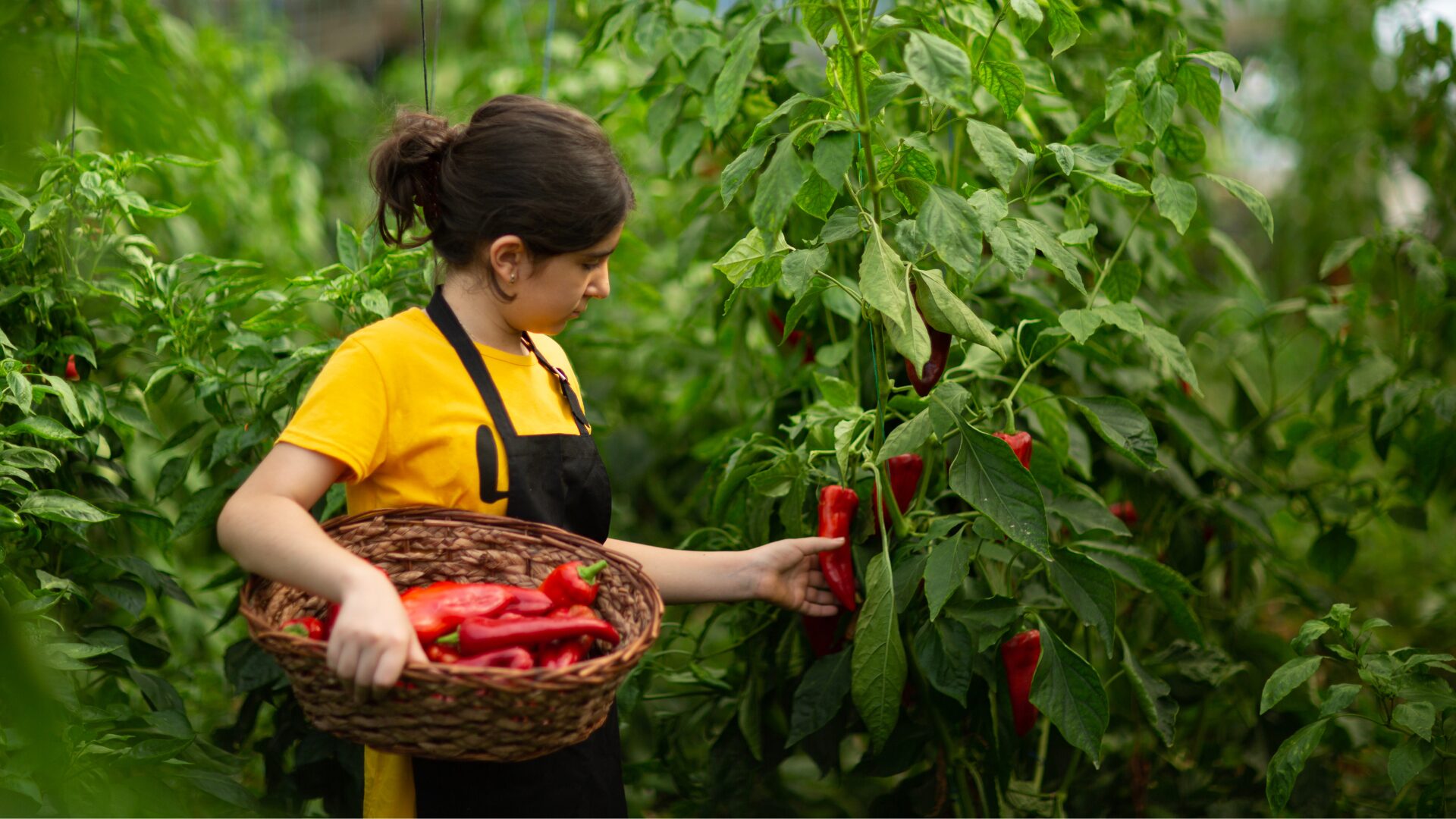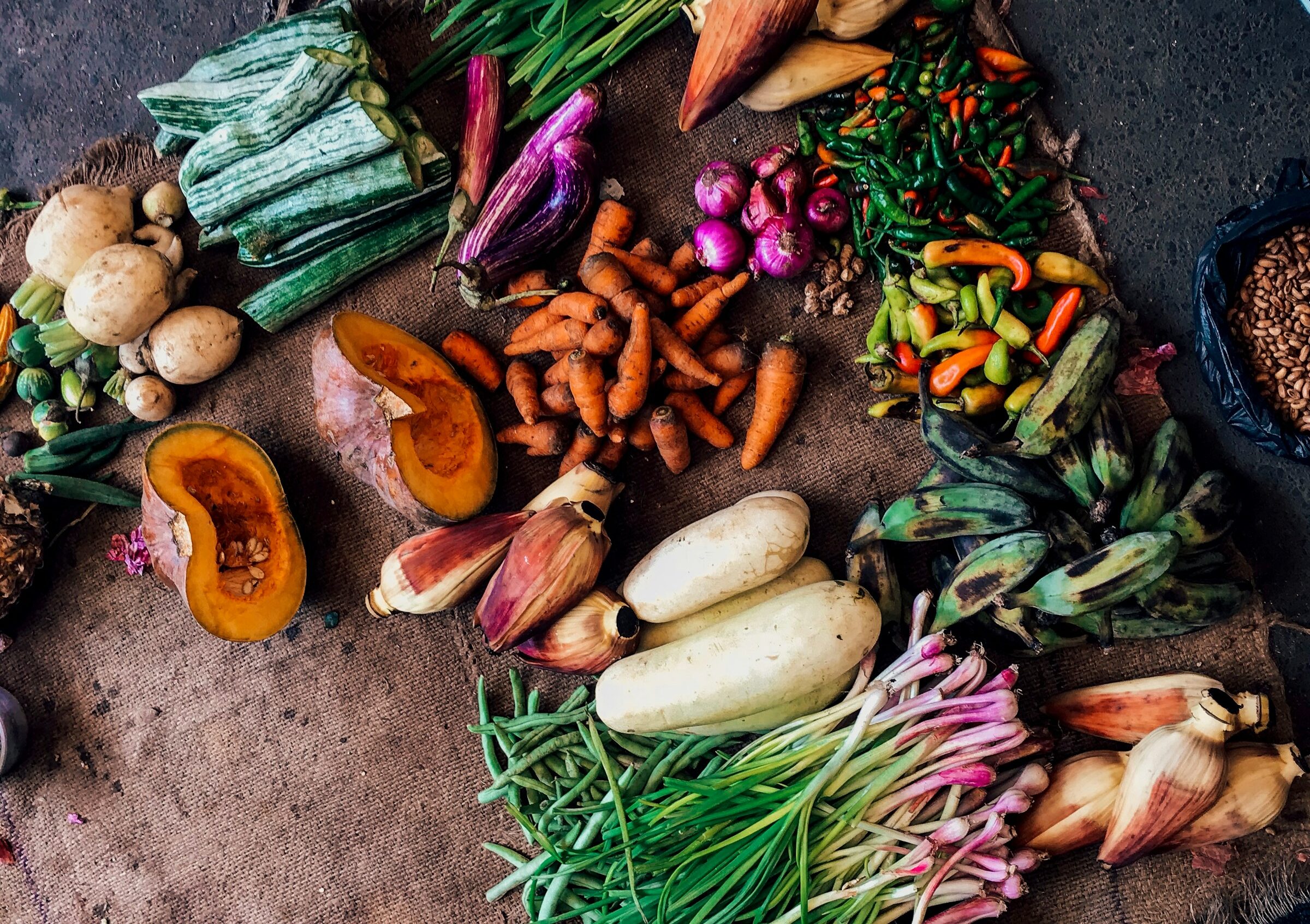California officials fear the recent spate of storms that eased the area’s severe drought conditions may, actually, simply be a prelude to drier weather, the Los Angeles Times reported.
David Rizzardo, hydrology section manager for the California Department of Water Resources, said it’s possible the current weather cycle is a repeat of last year: a soggy December leading to the driest January, February and March on record. The U.S. Drought Monitor shows 85% of California is suffering under severe, extreme or exceptional drought.
But the recent storms have improved water levels at lakes Shashta and Oroville while snowpack is 223% of normal. The wet weather, although welcome, has not eliminated moisture deficits.
“There’s no doubt it’s all beneficial, and the alternative is certainly not what we want,” Rizzardo told the Times, cautioning, however, it was too early to make predictions.
Meanwhile, in other ag-related news:
Missouri farmland: Missouri lawmakers are pushing to restrict foreign ownership of agricultural land with several bills filed ahead of the January legislative session.
The sentiment marks a shift from 2013 when lawmakers voted to allow foreign entities to own as much as 1% of the state’s farmland, Successful Farming reported.
“I don’t want to open up our agricultural ground — or really any of our ground — to foreign owners or foreign actors that we may not know or really understand the real intentions of,” said Sen. Bill Eigel, R-Weldon Spring, who filed one of the bills.
Organic Survey: The USDA reports $11.2 billion in organic products were sold in 2021, up 13% from 2019, and the number of organic farms increased by 5% during the period.
The department’s 2021 Organic Survey found California led the nation in certified organic sales, amounting to 32% of the national total. Twenty-eight percent of farmers surveyed said they planned to increase their level of organic production, with 1,558 certified farms transitioning an additional 196,923 acres and 657 farms working toward certification of 62,069 acres.












